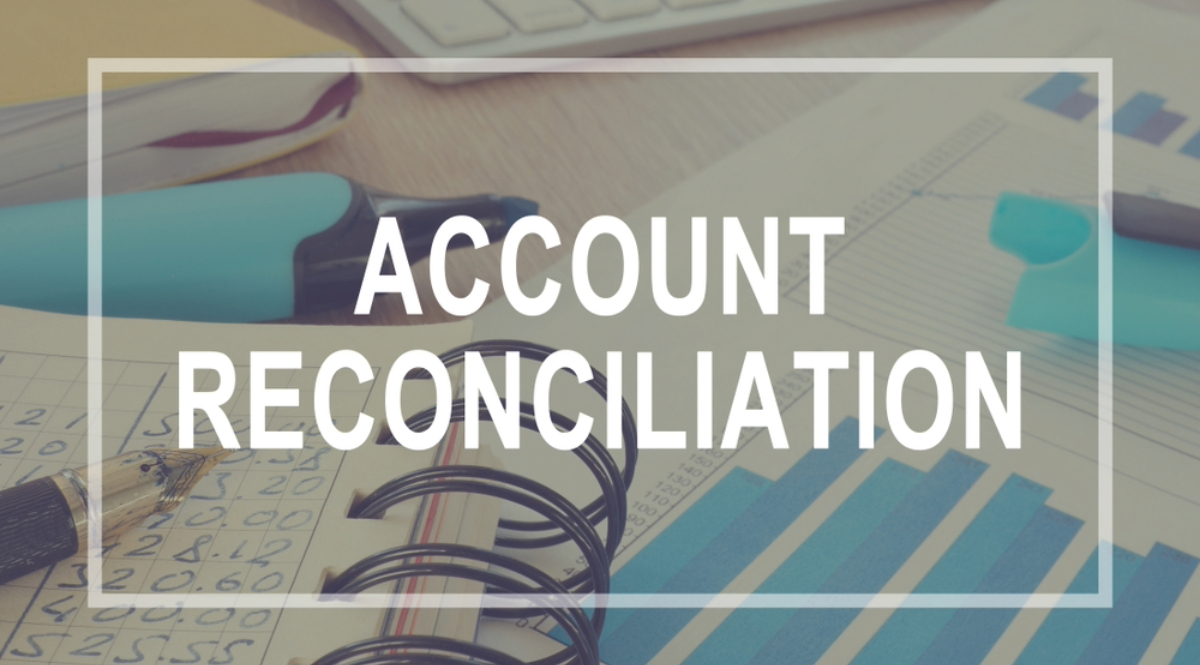
What does account Reconciliation mean?
Key Takeaways:
- Account reconciliation ensures financial accuracy and compliance with accounting standards like GAAP, detecting discrepancies, rectifying errors, and preventing fraud.
- It benefits both businesses and individuals by maintaining precise financial management and reporting.
- Various reconciliations, such as bank, vendor, and intercompany Reconciliation, help validate financial records.
- Reconciliation differences can occur for various reasons. These reasons include timing, missing transactions, or errors in financial data. These differences highlight the significance of the reconciliation process for financial health.
Have you ever thought about what is an account reconciliation exactly? Why should you get all the necessary information about this specific financial record as an educated professional? And ultimately, why is it so crucial to understand it if you’re into small businesses, bank transactions, and much more?
“Reconciliation” in accounting means checking if two sets of records match and agree.
Businesses create a year-end balance sheet to show their financial status at the end of the fiscal year. It gives a picture of their financial position during that time.
This comprehensive financial information is meticulously documented in their general ledger. However, how does it apply to accounting? Let’s get all the necessary details about it, shall we?
Account reconciliation definition and explanation
Account reconciliation is an inevitable tool for addressing discrepancies between financial records or financial record balances. Timing differences in payments and deposits can cause variances, which auditors consider when assessing financial records.
However, unexplained differences in financial transactions may raise concerns about potential fraud or financial manipulation, affecting a company’s cash flow.
Companies and individuals can regularly reconcile their financial records, following its rules, on a daily, monthly, quarterly, or yearly basis.
A vital financial process that prevents errors

Account Reconciliation is important for maintaining accurate financial records, especially during a specific bookkeeping period, while following accepted accounting principles.
In double-entry bookkeeping, Reconciliation is important for accuracy. It aligns debit and credit entries for each transaction.
The careful auditing process includes checking cash flow and bank and credit card statements to ensure adherence to GAAP standards.
What is bank account reconciliation?
To ensure accuracy, Bank account reconciliation is verifying if a company’s financial records match its bank statements.
This careful process finds mistakes and protects against fraud or unauthorized withdrawals from the bank account.
Why Routine Account Reconciliations Are Essential?
Routine account reconciliations are a crucial aspect of accounting, usually conducted monthly, to validate a company’s financial records. These regular reconciliations offer several advantages to a business, including:
- Identifying and rectifying data entry errors.
- Making necessary adjustments for timing discrepancies in bank transactions, fees, and interest.
- Ensuring the precision and legitimacy of the financial statements generated by the company.
- Detecting instances of fraud.
- Complying with financial regulations.
- Adequately preparing for tax filings.
How does it function exactly?

Account reconciliation methods can vary, but they often adhere to Generally Accepted Accounting Principles (GAAP), necessitating double-entry bookkeeping. This widely adopted approach records every financial transaction in two places, ensuring precision in business records.
In double-entry bookkeeping, each transaction is set in two different accounts: one as a credit and the other as a debit.
For instance, when a business makes a sale, it records a debit (e.g., cash or financial accounts receivable) and a credit (e.g., sales revenue). Reconciliation serves as a tool to identify errors in these entries, ensuring they balance out.
Similarly, once a particular business receives an invoice, it credits accounts payable and debits an expense. It debits accounts payable and credits the cash account upon paying the bill. The debits and credits should always reconcile, summing to zero.
Mary’s lawn care business example
For instance, consider Mary’s lawn care business. She initially invests $2,000 from her savings into equipment. She adds $2,000 to her cash account and subtracts the same amount from her assets (equipment) using double-entry bookkeeping.
When she earns $500 from her first project, she credits revenue and debits accounts receivable by $500. These debits and credits are meticulously reconciled, maintaining financial accuracy.
This process helps with cash flow statements, journal entries, and reconciling checks and earnings in different accounting periods. Additionally, it assists in internal accounting procedures.
Example explanation
Mary’s Lawn Care
Debit
- Cash: $2,000
- Equipment: $2,000
Credit
- Revenue: $500
- Accounts Receivable: $500
Alternatively, a double-entry journal entry impacting only the balance sheet can be executed. When a business obtains a $10,000 loan, the accountant will record it in two ways on the balance sheet.
Firstly, it will be recorded as an increase in cash. Secondly, it will be recorded as an increase in long-term debt.
Another method of conducting Reconciliation involves the financial record conversion technique. This method compares receipts and cancelled checks to entries in the general ledger, such as personal accounting reconciliations.
What are the different types of Reconciliation?

- Bank Reconciliation: This involves aligning business financial records with the statements received from the bank.
- Vendor Reconciliation: It compares statements provided by vendors or suppliers with the business’s accounts payable ledger.
- Intercompany Reconciliation: This process reconciles statements and transactions among the same parent company’s units, divisions, or subsidiaries.
- Business-Specific Reconciliation: Focuses on reconciling accounts within specific business units, such as stock inventory or expense reconciliation.
- Petty Cash Reconciliation: This verifies the accuracy and substantiation of all transactions in the petty cash fund.
- Credit Card Reconciliation involves cross-checking purchase receipts with credit card statements issued by the card company.
- General Ledger Reconciliation is typically performed against the general ledger. The general ledger serves as the business’s primary source of financial records.
Causes of Reconciliation Discrepancies – Explained
- Timing Differences: Discrepancies arise due to differences in the timing of reporting transactions. If the ledger says $100,000, but the bank statement says $110,000 due to an unpaid check, it’s a timing difference.
- Missing Transactions: These discrepancies stem from unintentionally omitted financial data, like transactions. The trial balance in the general ledger may show $180,000. However, the supporting documents show $200,000. This difference of $20,000 is due to missing transactions.
- The balance in the ledger is $149,000. However, the bank statement shows $149,900 due to a mistake with bank fees. This means there is a $900 error. This error is affecting the retained earnings.
- Mistakes or errors can cause discrepancies between financial records, like when the ledger balance is $149,000, but the bank statement shows $149,900 due to a $900 error affecting retained earnings.
Bottom line
Account reconciliation is essential for maintaining financial accuracy and compliance with its standards like GAAP. It detects discrepancies, rectifies errors, and prevents fraud, benefiting businesses and individuals.
This meticulous process ensures precise financial management and reporting, contributing to overall financial well-being.
The post What does account reconciliation mean? appeared first on FinanceBrokerage.
